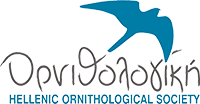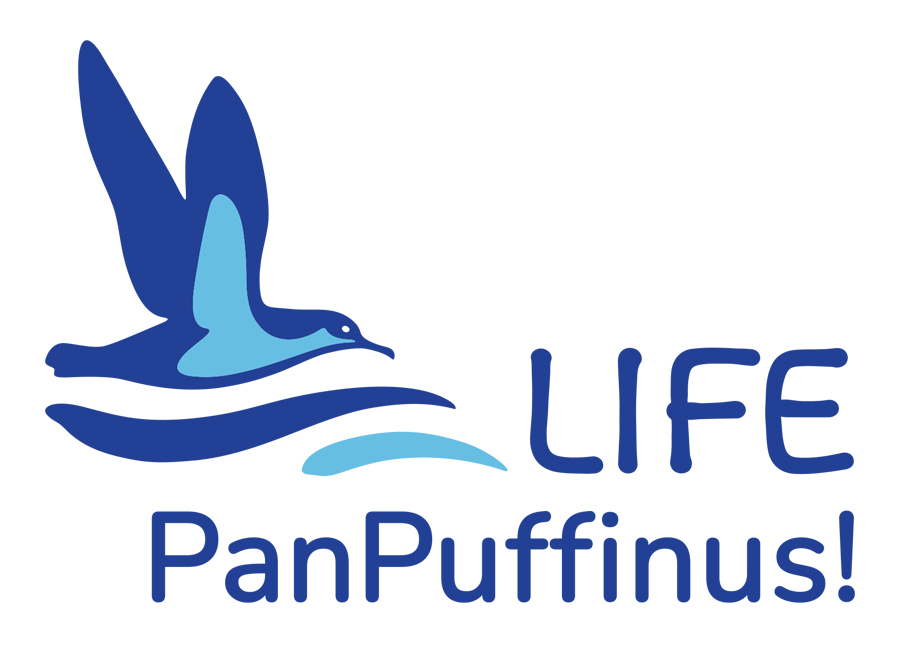
LIFE19/NAT/MT000982 | Improving the conservation status of endemic Balearic and Yelkouan Shearwaters, by ensuring safe land and sea
The Project aims to address the most critical threats to two pelagic seabirds, namely the Yelkouan Shearwater (Puffinus yelkouan) and the Balearic Shearwater (Puffinus mauretanicus). Both species are endemic to the Mediterranean and are classified as "Vulnerable" and "Critically Endangered" respectively in the IUCN Red List of Threatened Animals.
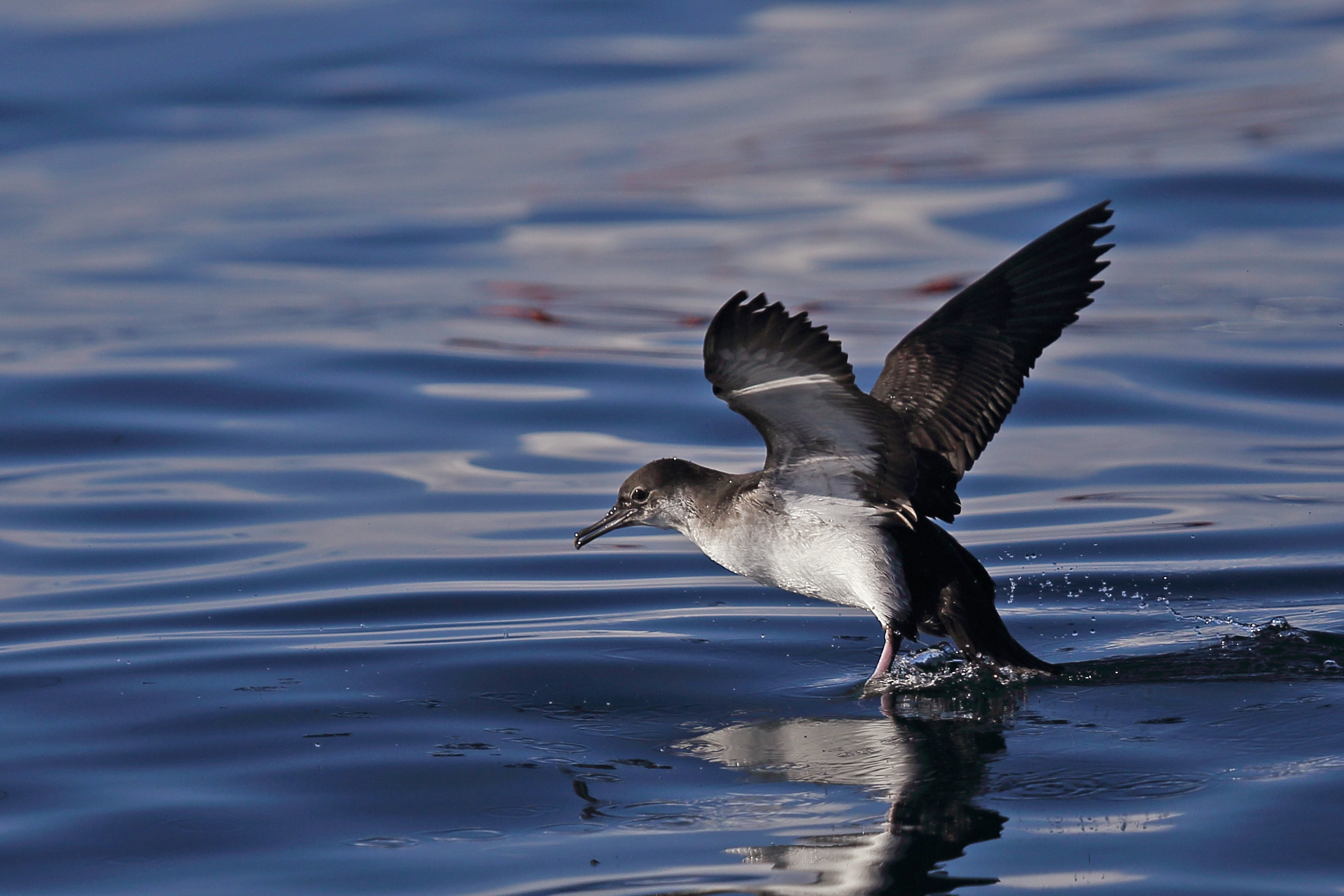
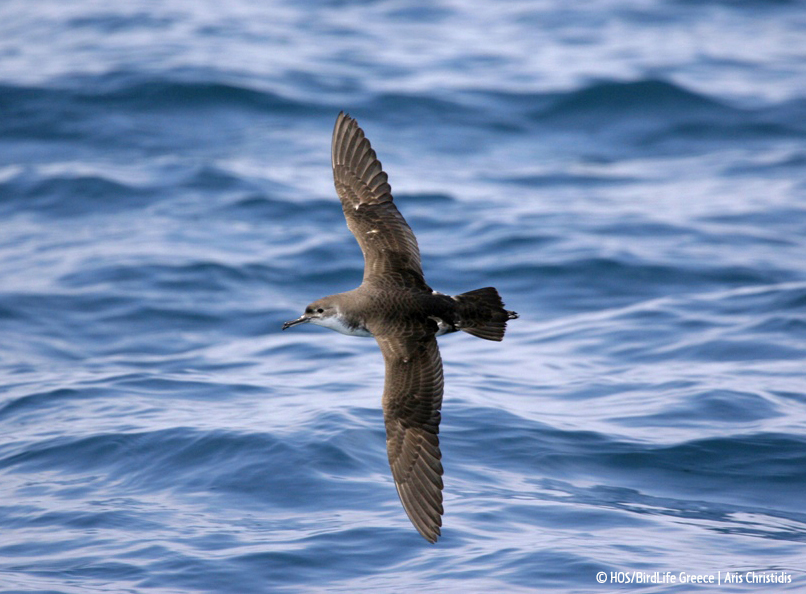
-
Balearic Shearwater Puffinus mauretanicus (Photo: Jorge Meneses) & Yelkouan Shearwater Puffinus yelkouan (Photo: Aris Christidis)
Seven entities from five countries (Greece, Malta, Spain, France, Portugal and Spain) participate in this project. BirdLife Malta is the Coordinating Beneficiary and co-beneficiaries include the Hellenic Ornithological Society (BirdLife Greece), the Natural Environment and Climate Change Agency of Greece (NECCA), the Department of Fisheries and Aquaculture of the Ministry of Environment of Malta, the Spanish Ornithological Society (SEO - BirdLife Spain), the Portuguese Ornithological Society (SPEA - BirdLife Portugal) and the French Ornithological Society (LPO - BirdLife France). It is implemented with the contribution of LIFE financial instrument of the European Union and co-financed by A.G. Leventis Foundation and the Green Fund.

Seabirds migrate, rest and feed in the marine environment and visit land, mainly rocky shores and uninhabited islets, only to breed. They are thus important indicators of the state of the marine and coastal environment. Seabird populations are now declining faster than any other group of birds globally, facing a wide range of threats, both in their terrestrial breeding grounds and at-sea. Most significant threats include the predation of their single egg or chick by rats and the accidental bycatch in fishing gear. The current project addresses these two threats across the Mediterranean.
The main objective of the project is to improve the conservation status of both seabirds in the Mediterranean Sea and the Atlantic coasts of Portugal through enhanced cooperation and exchange of know-how with stakeholders and more specifically fishers, to improve monitoring and data collection on bycatch of seabirds in fishing gear and to identify the most important feeding areas for seabirds through telemetry. In addition, mitigation measures will be tested and implemented, aiming to reduce bycatch incidents in specific fishing gear in cooperation with fishers and also to reduce predation in selected breeding colonies.
The project will carry out targeted conservation actions in a total of 28 Natura 2000 sites in the Mediterranean from 2021 until 2025.
In Greece, only the Yelkouan Shearwater occurs, where 6.800-13.000 pairs breed, i.e. the 35% of the global population in 12 Special Protection Areas (SPAs). Actions planned to be undertaken in Greece include 9 SPAs in the Cyclades, the Northern Dodecanese, Skyros and the Gulf of Kavala, which host 85% of the national population.

The specific Project’s objectives are:
- Quantify the scale and extent of fisheries bycatch and pilot-testing of GFCM (General Fisheries Commission for the Mediterranean) data collection methodology.
- Reduce fisheries bycatch of both species by using existing mitigation measures or developing new ones.
- Reduction of predation incidents through the implementation of eradication and/or control of invasive predator populations and the development of biosecurity measures
- Drive changes in management through engagement with key stakeholders and by building awareness on seabirds with communities.
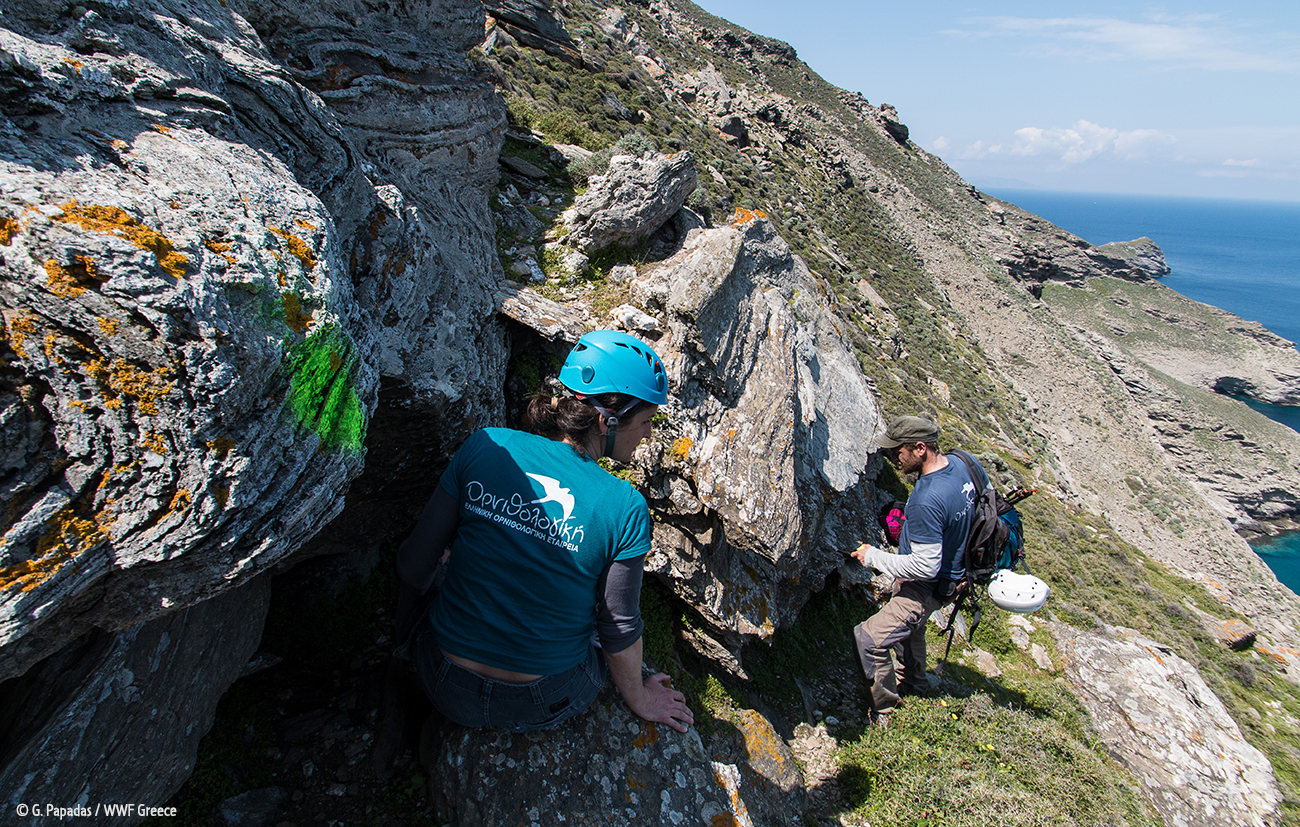
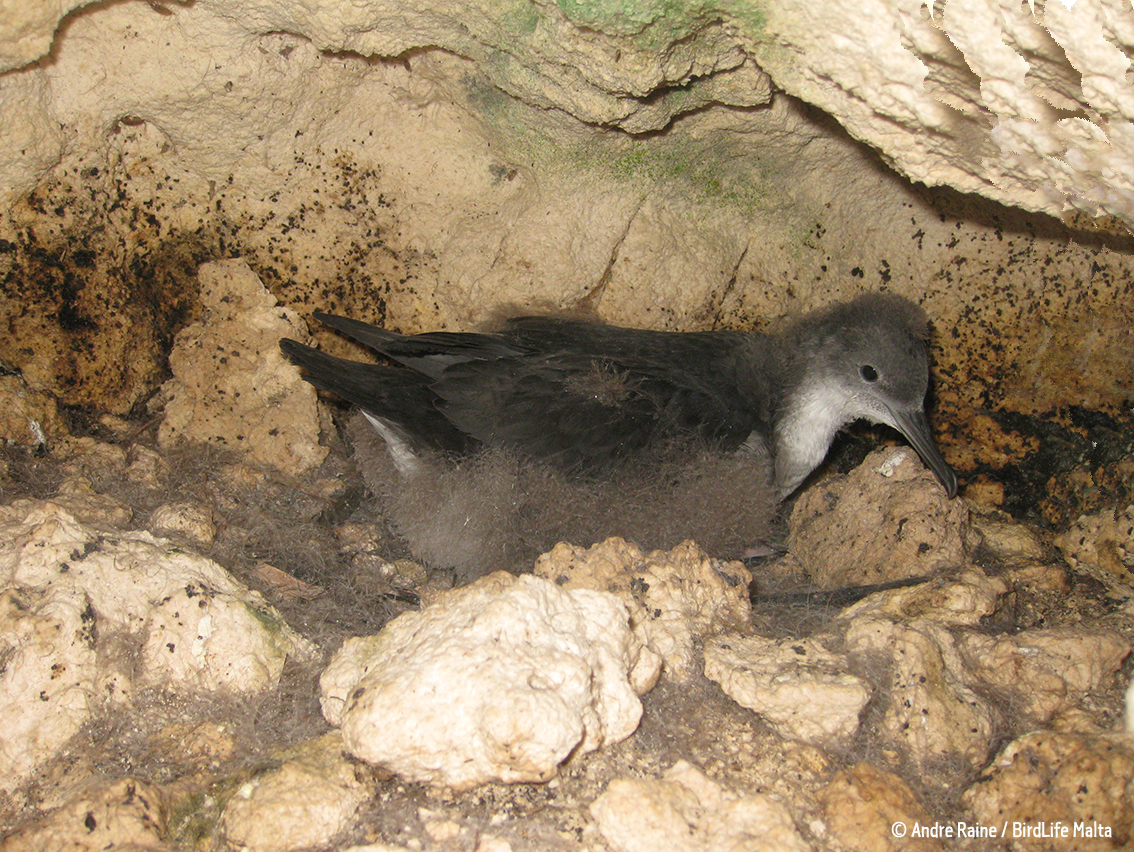
The main actions of the Project are:
- Pilot testing and adaptation of the General Fisheries Commission for the Mediterranean (GFCM) methodology for the estimation of bycatch of both species of Shearwaters.
- Training and cooperation with coastal fishers to collect data on bycatch of seabirds.
- Implementation of seabird telemetry to determine the most important feeding areas.
- Production of seabird bycatch risk maps by combining fishing effort data, spatio-temporal characteristics of fisheries and bycatch rates.
- Reducing mortality from bycatch incidents by implementing pilot mitigation techniques for specific fishing gear in cooperation with fishers.
- Review and evaluation of implemented programs on predator eradication and control in the Mediterranean and implementation of feasibility studies for the main colonies of both species.
- Reduction of predation in selected breeding colonies through the implementation of eradication and control of rat populations and development of biosecurity plans.
- Awareness-raising of national institutions and services, coastal and island communities and the public about the value of Natura 2000 network and seabirds.
The Project aims to implement a large part of the International Action Plan of both species and will help all participating countries to achieve their national goals. Moreover, the conservation of Natura 2000 marine network, and in particular of pelagic seabirds, requires an international effort which LIFE PanPuffinus Project supports.
Visit the international website of the Project:

